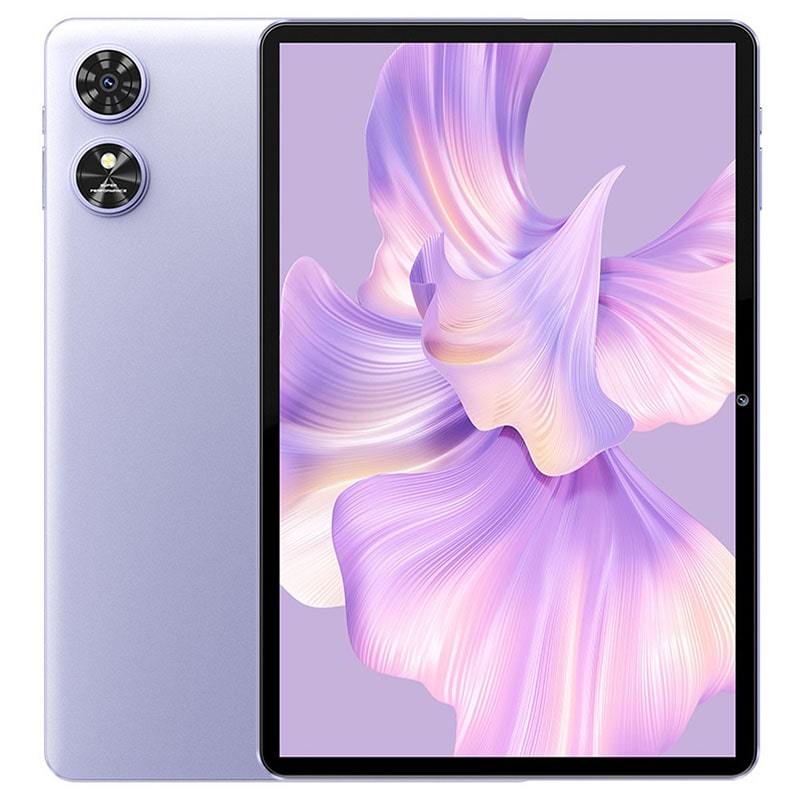Widevine is a DRM system owned by Google. This allows companies like Netflix, Disney+, Amazon Prime, HBO, Hulu, and many more to protect their content from piracy, copying, and redistribution. If you’ve ever been unable to play a Netflix video beyond a particular resolution, then it was Widevine at play.
The Widevine protocol is free for device manufacturers. If your device follows certain guidelines, it can have the Widevine certification. There are three levels of the certification – L1, L2, and L3. Today, we’re going to talk about the device support for Widevine L1 certification.
The Three Levels
The three security levels are L3, L2, and L1, from the least secure to the most secure. The degree of content protection is the lowest in L3 and highest in L1. The more this level, the higher the playback quality or resolution that the device can play. Whereas L3 is entirely software-based, L1 uses actual hardware within the device to process the playback.
Needless to say, a device needs to have this hardware, specifically called Trusted Execution Environment or TEE, for an L1 certification. Devices with this level of security can play DRM-protected media at the highest possible resolution.
The majority of modern Android devices have L3 protection, including the ones certified by Google.
How To Check Widevine L1 Certification
It’s quite easy to check if your device has Widevine certification. There’s an app called DRM Info that you can download and install from the Google Play Store. This will give you the exact information about the Widevine security level, along with other information such as the supported refresh rate (frames per second) and hardware decoders for video playback.
Any device with an L2 or L3 security won’t support high-resolution playback from sources such as Netflix, Disney+, Hulu, and Amazon Prime. Netflix also maintains a list of all devices that have complete Widevine support, allowing you to check whether or not your device can play Netflix content.
Benefits of Widevine L1
Widevine L1 is pretty much the need of the hour today. It comes with a bunch of benefits. Without L1 support, you can’t expect to have a good experience viewing DRM-protected media. Today, the majority of streaming platforms in the world are conscious of DRM protections and instead of using their own proprietary methods, they are all using Google’s Widevine system. It’s simply the most reliable.
That’s why your device needs to have a Widevine L1 certification for the best streaming experience, otherwise OTT apps or OTT sites in your browser won’t work as expected.
Apart from high-quality video playback (a Widevine L1 certification allows you to play HD and 4K content, whichever is the highest resolution available for the content in question), it also offers content protection that not only benefits the media platforms, but users as well.
Video streaming cannot be easily copied and redistributed using various tools if your device has a Widevine L1 certification. In comparison, if it only carries an L2 or L3 level security, it has no hardware component supervising the decoding process. As such, tools can be used to copy this media. Rooted Android devices are one of the most common ways to bypass Widevine security.
That’s why OTT platforms simply refuse to provide higher-quality playback to devices with L2 and L3 certifications. If they only provide 480p (L3) or 560p (L2) resolution video, copying it won’t be as profitable as providing, let’s say, full HD content, thus dampening the misuse of illegal distribution.
How Does It Work?
So, how does Widevine L1 actually work? Well, in a nutshell, it’s a system for encrypting and decrypting data sent over the internet. At the L1 level, the device or browser itself is involved at the hardware level. The content gets encrypted and can only be decrypted (and then played securely) without unauthorized access using the L1 decryption available in your device’s TEE component.
Basically, the entire process of video decryption and processing happens inside the TEE in any Widevine L1-certified device. As this is the most trusted and secure way to stream content, streaming services allow the device to request the highest resolution of the video content.
The TEE is not so much of an individual hardware component. It’s actually a portion within the SoC or processor of your device used for this and similar processes. This area cannot be tampered with using basic tools generally used by bad actors to bypass many security features of a device, including DRM protection measures. The TEE is responsible for handling sensitive data in a secure environment, and its presence is pretty much all that’s needed to allow a manufacturer to get a Widevine L1 certification for the device.
Widevine L1 vs. Other DRM Protections
With the exponential growth of OTT platforms and streaming services, it’s a no-brainer that companies are investing heavily in DRM protection of all kinds. A lot of DRM protection tools exist in the world, but none of them come close to Widevine’s L1 certification in terms of overall dependability and security.
In fact, more often than not, other DRM protection measures become a hassle for the user or viewer more than they help protect the content.
The other options include Microsoft’s PlayReady and Apple’s FairPlay (only used for Apple’s iTunes and Apple TV+). Apart from these two big players, you also have the open-source DRM system known as Marlin which specializes in protection for TVs, set-top boxes, and mobiles. DRM-X is another alternative that’s cloud-based and not device-localized, supporting all major operating systems of the world.
In Summary
Having a Widevine L1 certification is not a luxury or perk of any device. In 2024, it’s become common practice and almost compulsory to have this level of security in a device, or risk ruining the media consumption experience of your users. All manufacturers and streaming services are onboard, and when the service itself is free from any licensing fee, it makes sense to do so.
Shop Oukitel Devices with Widevine L1 Certification



















